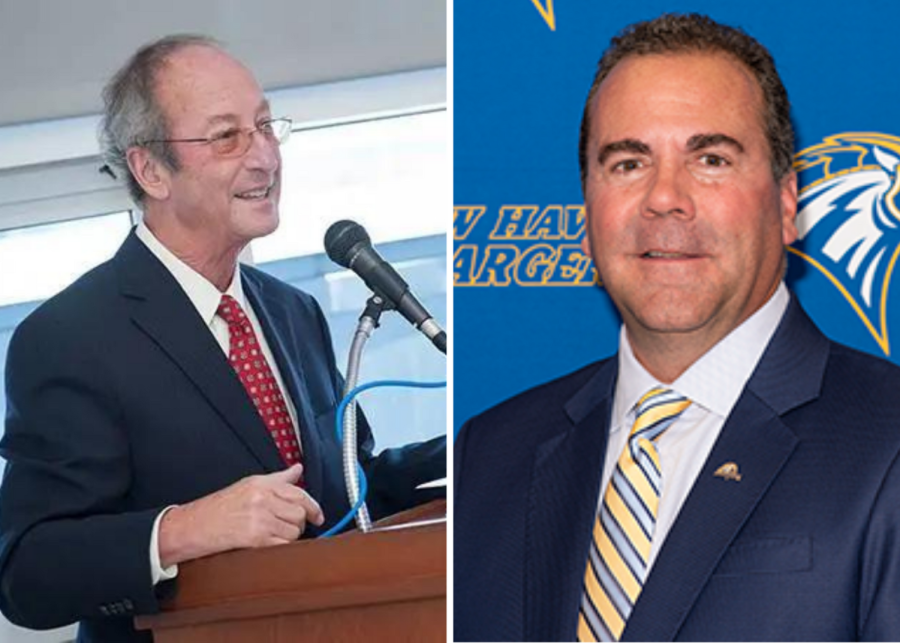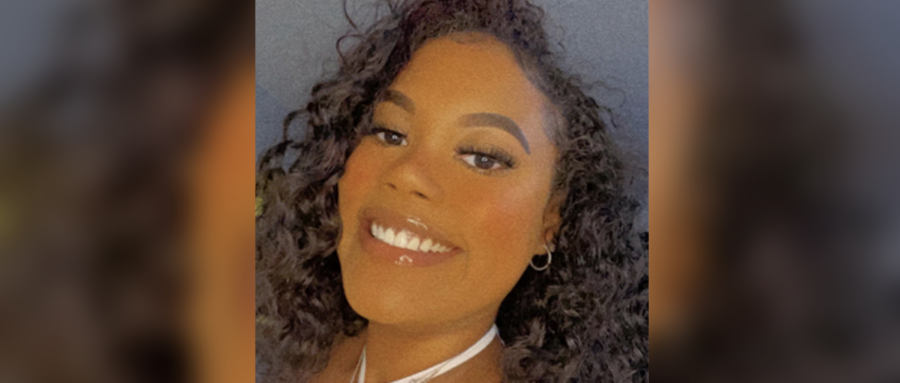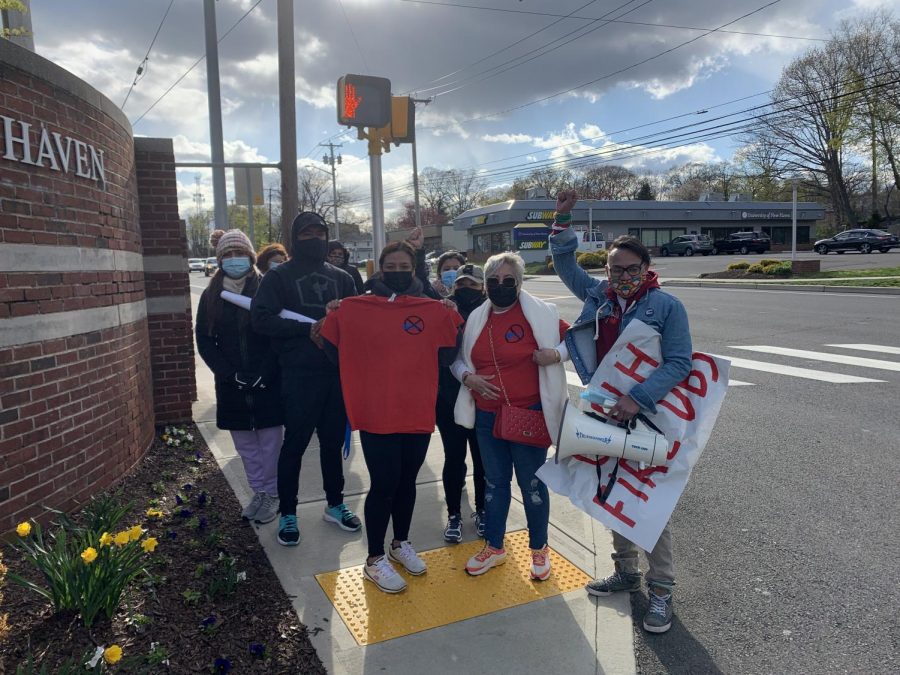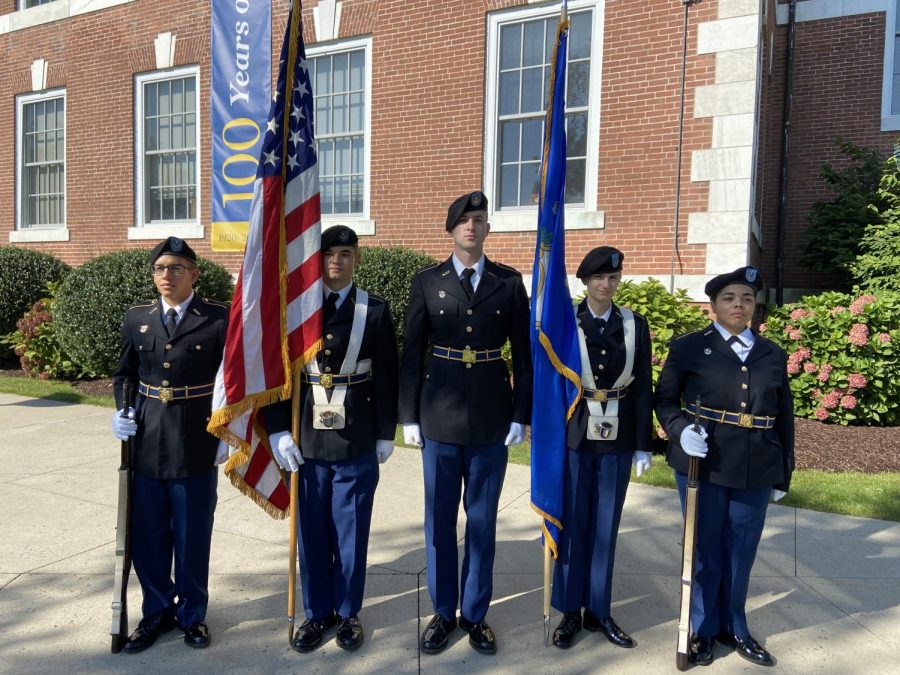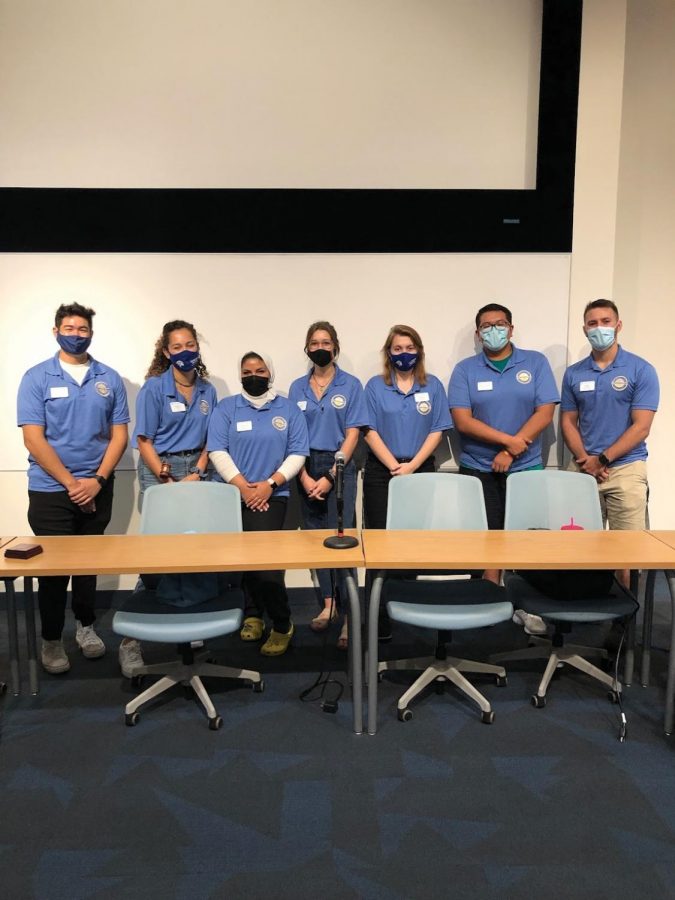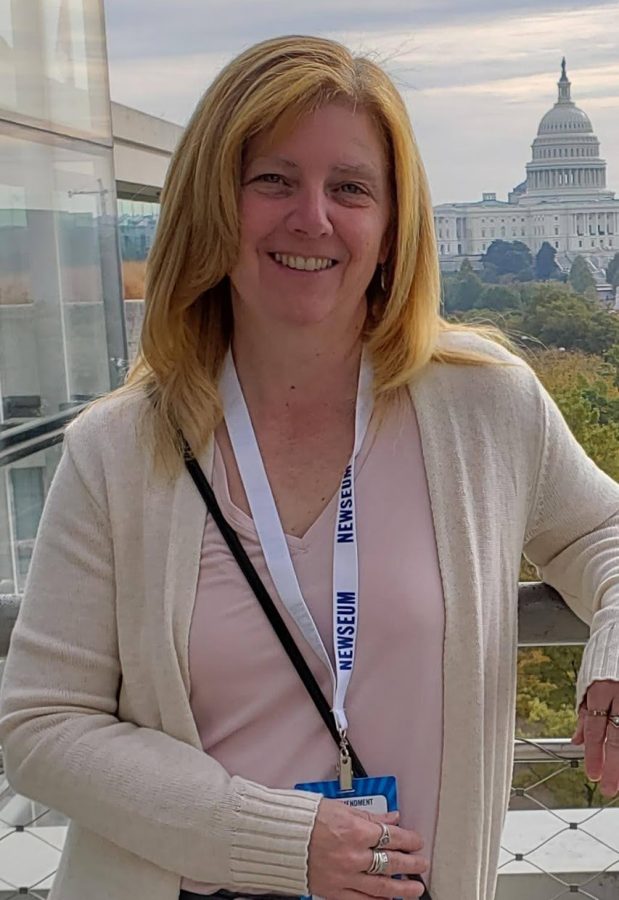Over seven hundred international students are currently studying at the University of New Haven; that’s nearly 1/6 of the total student population, undergraduate and graduate students included.
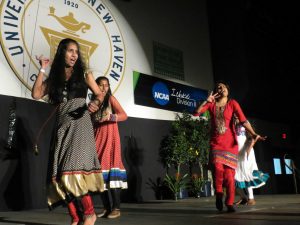
This past year, events such as Chinese Moon Festival, Diwali Festival and the Chinese New Year Celebration have succeeded in bringing culture to students who seek it out. However, the annual International Festival is a celebration of cultures on a larger scale; it is something students prepare for months in advance. In the beginning of spring semester, an email is sent out to students asking if anyone wishes to represent a country for the festival. Students gather to decide what their display will look like, what food to get and whether they wish to perform. This event isn’t solely catered to university students; in fact, many outside friends, family members and interested people from the community came to the festival.
The 34th annual International Festival was held on Sat., April 5, at North Campus. As one walked into the Charger Gymnasium, there were booths on the left and right sides with tables in the middle, and a stage straight ahead on the far end. Closest to the entrance was China’s table. Students talked to the long line of people awaiting food, and pointed out pictures with China’s landmarks.
Right next to China was Taiwan’s table, adorned with posters, books, pictures, maps, slideshows and cultural artifacts including woodwork and puppets. The ever-popular bubble tea was being given out and was finished rather quickly.
After Taiwan was Haiti’s table with pictures laid out on one side and food on the other. This presentation was prepared by some of the Caribbean Student Association’s members who said “Haiti isn’t represented on campus so we wanted to represent them this year.”
Near Haiti was the table of the islands of Trinidad and Tobago. Graduate student Melissa Gitens said how there is a nonprofit organization for this culture which her father created. The Trinbago American Association of Southern Connecticut holds events in the area to promote awareness of the land. Member of the Association, Sharon, described the Carnival celebrations in the country as “a party for two days in the street, and bands can have up to 5,000 people.”
Gitens then pointed to an oil drum cut in half (otherwise known as the “steel pan”), the only instrument created in the twenty-first century. Sharon also said how much of the traditional snacks and dried fruits are preserved. “[We have] no packaged food, we eat fruit as our snacks.”
After Trinidad and Tobago was Iraq’s table. Female students were donned in traditional Kurdish outfits and it was explained that Kurds are the second highest population of people in Iraq, next to the Arabs, and before the Turks of Turkmenistan. Their food was ordered from a restaurant downtown named Aladdin Crown Pizza.
Finally, there was Italy’s table, filled with Global Ambassadors and students that have studied abroad, along with photographs of their experience. They served lasagna and gelato. Freshman Jack Rothstein said, “My first college experience was in Italy. I feel like I’m doing better here because I studied abroad.”
Further into the gymnasium were booths of seven more countries. First came India with dozens of students donned in traditional clothing. Their table featured multiple instruments, including a harmonium, the base for all Indian music. This table got their food from Tandu restaurant, also in downtown New Haven.
Next was Ethiopia’s table, with freshman undergrad, Naomi, dressed in a traditional Habesha dress. She explained how Amharic is the national language and proceeded to write people’s names in this script. Most of the artwork is cloth based; however, writing on leather is popular as well. Their food was ordered from Ethiopian restaurant Lalibela in downtown New Haven.
After Ethiopia was Germany’s table with pretzels, muesli and bauernbrot breads, apple and cherry strudel. Marisa Oschmann, new to the university from Germany this semester, ran the table. When asked what she thought of the U.S., Oschmann said, “Our cultures are pretty similar now. It was my dream to come here.”
Next to Germany’s table was Iran’s with artwork and instruments. Two instruments were the Taar, part of the string family and resembling a guitar, and Tonbak, a single drum. Paintings, cloth work, poetry and metal artworks were laid out on the table as well.
Afterwards was the U.S.’s table, with food including macaroni and cheese and pulled pork.
Then came Egypt’s table with photographs, artwork with hieroglyphs and plenty of traditional food.
Last but not least on the left side, were Saudi Arabia’s tables, one section with food and another for henna tattoos. Their presentation included dozens of photographs, maps and brochures, as well as many pastries.
Around 6 p.m, winners of food and displays were announced. Italy won Best Dessert for their gelato, India won Best Appetizer for their samosas, and Haiti won Best Entrée for their meat and vegetable combo, rice and beans, and plantains. Most Informative Display went to Saudi Arabia, Most Interactive Display was won by China, and Best Cultural Presentation went to both Taiwan and India.
Then the performance hosted by Jason An and Shican Li began. First up was a duo representing Argentina who danced the salsa. Shican Li next sang a song in Chinese called “Looking at the moon, drinking wine, and thinking about you.”
Next, Indian students danced to a medley of Indian music for a wildly cheering crowd. The females’ ornate costumes created a colourful and appealing sight that won them Best Visual Appeal. Next performed Fouad, representing Iran, on his two instruments—the taar and the tonbak. Fouad’s unique style on both instruments won him Most Original. To close the show, senior David Janovsky represented Ireland through his Irish step-dancing and won Best in Show.
Although there were 13 distinct countries to see, everyone gathered for the same purpose—to eat, learn, and celebrate the diversity of the university. As UNH announced its plans to double their amount of students going abroad (the first university in Connecticut to do so), a stronger presence of cultural awareness arose on campus.
Josh Low, President of the International Students Association, helped plan the festival in conjunction with the International Services Office, and Karima Jackson.
“This year we had more performances than last year and some different countries showcased such as Haiti and Italy,” he said. “Though it was not as packed as last year, the event was well received by the attendees and it was another wonderful International Festival.”



